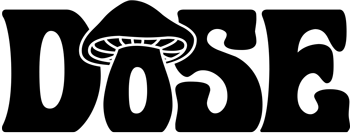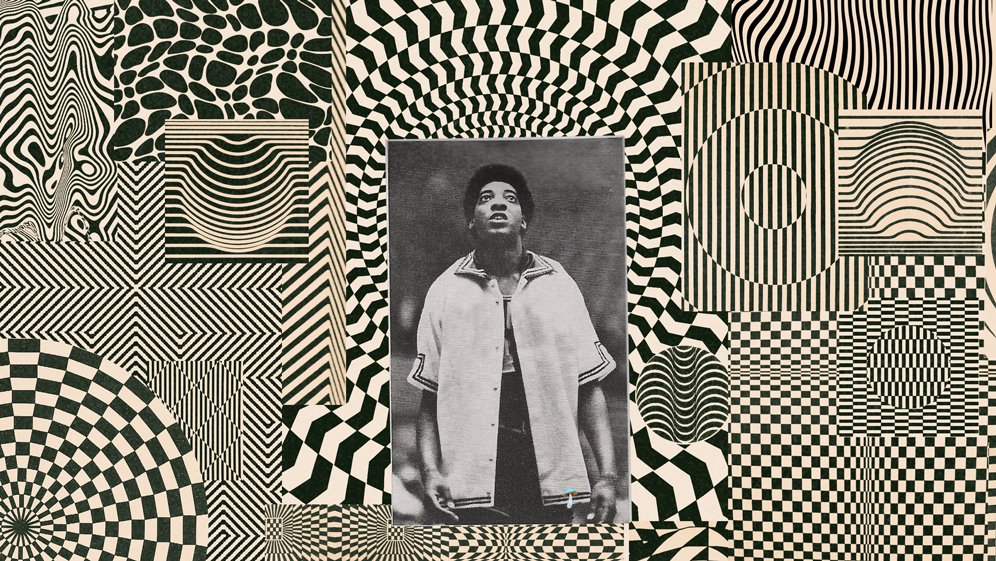In the late 1980s, big pharma—before it was called “big pharma”—appeared to be ushering in a new era of mental healthcare. Drugmaker Ely Lilly had just released what is probably one of the most well-known prescription pharmaceuticals, Prozac, to treat depression and other mood disorders.
They seemed to be onto something. Prozac appeared to be effective for patients who didn’t respond to therapies available at the time and it didn’t carry many of the undesirable side effects of tricyclic antidepressants, the main class of drugs used to treat mood disorders up to that point. By the mid-1990s, Prozac was one of, if not the best-selling drug in the United States.
But fast forward more than 30 years and the revolution in mental health we were all promised has been all but forgotten.
Some estimate that today, research and development for drugs that target mental disorders has been cut by more than 70% since the heydays of Prozac and other selective serotonin reuptake inhibitors like it. Prozac was, by many accounts, the last big breakthrough for big pharma in treating mental illness.
From the outside looking in, this makes little sense given the stark realities of the state of mental health in nearly all developed countries today.
In 2018, more than 48,000 people in the United States committed suicide. Nearly half of those who take their own lives have sought professional help at some point. And nearly half of all adults in the developed world will, at some point in their lives, experience some form of a mental disorder, most typically a mood disorder like anxiety or depression. It’s estimated that mental illness will cost the global economy $16 trillion dollars—about 10% of global GDP—by 2030.
And yet major pharmaceutical companies appear to have little interest in addressing the problem. Many claim that the competition from generic drugmakers disincentivizes them from developing new therapies, so they’ve moved on to more lucrative drugs, like cancer treatments.
Another explanation—one that’s not as comfortable for the pharmaceutical companies to admit—is that many of these drugs used to treat mood disorders aren’t as effective as they were once touted to be. After all, a full 40% or more of patients who take antidepressants don’t respond to treatment.
But even as big pharma has moved on, some researchers have been exploring the possibility of novel drugs that aren’t actually all that novel. In fact, they’re quite old.
Ketamine, for example, was discovered in 1962 and has been used as an anesthetic for decades. It’s now been approved for off-label use for patients with treatment-resistant depression.
But perhaps one of the most exciting areas of research in treating depression and anxiety is in the past decade has been with the psychoactive compound found in magic mushrooms, psilocybin.
Psilocybin as a Treatment for Depression and Anxiety
The seeds of misinformation around psychedelic drugs were firmly sown into the fabric of mainstream society with the backlash against the counterculture of the 1960s and 70s. It was such a potent countermovement that the stigma surrounding anything involving psychedelic drugs shut out virtually anyone who wanted to have a serious public conversation about these substances for nearly three decades.
But by the late 1990s and early 2000s, it was becoming increasingly clear that big pharma had neither the financial incentive nor the moral mandate to address growing public mental health concerns. It was also becoming increasingly clear that the War on Drugs was never likely to be “won” in any appreciable way.
Against this backdrop of the shifting moral landscape surrounding drugs and mental illness, a few intrepid researchers have reopened the dialogue of what role psychedelics might play in improving mental health.
Studies using psilocybin to treat depression and anxiety have been small in scale but promising in their results in the past several years.
Two studies in 2016—one led by Johns Hopkins researcher Roland Griffiths and another led by Steven Ross at the New York University School of Medicine—found that a high dose of psilocybin significantly reduced clinical depressive and anxious symptoms in patients with terminal cancer. The positive effects remained at a six-month follow-up.
That same year, a team of researchers led by Robin Carhart-Harris at Imperial College London also found that two treatments of psilocybin with assisted therapy could markedly reduce symptoms in patients with treatment-resistant depression. Results were seen in as little as one week and persisted in most patients in followups at three months and again at six months.
While we still don’t know the full extent of psilocybin effects on the brain, it does appear to alter responsiveness in the amygdala—a brain region that processes emotionally charged information—in depressed patients. It’s possible, then, that psilocybin revives the emotional reactions of depressed individuals.
Perhaps unsurprisingly, psilocybin’s ability to reduce depressive and anxious symptoms appears to be mediated by the intensity and quality of the trip. The degree to which the patient experiences a mystical-type experience and the degree to which ego dissolution is achieved are solid predictors of treatment efficacy.
So full-blown trips appear to be sufficient to give some relief to the clinically anxious and depressed—but are high doses necessary to reap similar benefits for others?
If one or two high doses of psilocybin can effect lasting improvements in mental health, can microdosing—taking tiny, sub-perceptible doses regularly over the course of several days—achieve the same thing?
Can Microdosing Help with Depression and Anxiety?
There are innumerable anecdotal accounts of the wide-ranging benefits of microdosing psychedelics: increased creativity and productivity, better focus, increases in energy levels, elevated mood, and so on. James Fadiman has famously been collecting such reports since 2010.
Many of these anecdotal reports claim that microdosing psilocybin alleviates depression and anxiety as well. Recent studies are beginning to back up such accounts.
In 2019, a study that used a rodent model of depression showed that the intermittent microdoses of DMT led to decreases in depressive-like behaviors and reduced fear behaviors in rats. Memory and social behavior were unaffected.
Microdosing does appear to be a viable research paradigm in humans. A 2019 double-blind study showed that microdoses of LSD produced changes in self-reports of drug effects (e.g., “I feel the drug”) and some mood changes at higher microdoses (26 micrograms).
A 2019 study with 98 people found an increase in mood, attention, wellbeing, mystical experiences, personality, creativity, and sense of agency following a six-week microdosing regimen. They also observed decreases in measures of depression and anxiety, but interestingly, neuroticism appeared to increase.
A 2018 study that found microdosing truffles aiding in problem solving and creativity in an open-label study.
Given the promising results from the full-dose anxiety and depression studies mentioned above, it’s not hard to imagine a round of similar systematic microdosing studies in the not-so-distant future. In fact, it’s a little perplexing as to why they haven’t already been conducted.
But it does appear that the scientific community is aligning itself with the cultural shift in attitudes. Many more anecdotal and observational accounts have even been published in academic journals (for example: here, here, and here) in recent years, nearly all of which call for more systematic studies to be done.
So the academic tide is shifting, public opinion is opening up to the idea, and regulators have slowly been allowing highly-controlled studies to be done.
Where might we go from here?
The Future of Microdosing for Mental Health
It’s a critical time in the history of psychedelics. Anecdotal reports of the benefits of microdosing are a rich resource in the conversation on psychedelics, but they’re not enough to generate the breakthrough needed to get these medicines to the masses.
As it is with the tricyclics and SSRIs, it’s very possible that psilocybin and other psychedelics can treat mental illnesses for some people and not for others. So it seems we have a choice to make: We can learn from the many mistakes made by big pharma with drugs like Prozac and push for more rigorous microdosing research, or we can follow in their misguided footsteps, over-promising and under-delivering on a utopian future for all.
Microdosing is having a moment. We should look to both the cultural and political institutions that can help capture this moment in its full potential.
For one, microdosing psilocybin has the potential to provide robust research results. Not only do microdoses carry less risk of the possible adverse effects of larger doses, making it more palatable to institutional review boards and participants alike, which would presumably allow larger studies to be done, it also provides a much cleaner experimental design for researchers.
That is, it’s difficult to perform a double-blind study with high doses of psilocybin because the effects on users are so profound, making it easy to discriminate between an active drug like psilocybin or a placebo. A microdose, on the other hand, is sub-perceptible, so it’s nearly impossible to know if you’ve been given a placebo or an active compound at these doses. From an empirical standpoint, then, microdosing could significantly reduce participant and observer biases.
Given all of the above—the way big pharma has quietly withdrawn from the conversation, the promising results from full-dose psilocybin studies, and the obvious research potential of the microdosing paradigm—it’s increasingly difficult to justify not performing studies on the mental health benefits of microdosing drugs like psilocybin.
The social, cultural, political, and legal landscapes are all pointing in one direction. It’s time to put one foot in front of the other and follow the signs.




